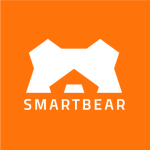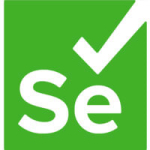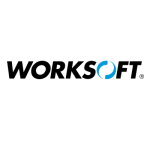Tosca offers end-to-end automation capabilities. It has strong features for managing test data, code, and locators. Additionally, it includes a record and playback feature for ease of use. One notable feature is its ability to handle negative XPath healing processes. If one XPath fails, Tosca can utilize backup XPaths to ensure test cases do not fail due to locator issues, thereby focusing on identifying application-side issues, which is the ultimate goal.
Tosca offers encryption features for securing sensitive data such as usernames, passwords, credentials, and other data managed within the tool. This information is encrypted and can be decrypted within the Tosca environment.
The solution is expensive compared to other tools in the market.
I have been using Tricentis Tosca as a customer for 6-8 months. We implemented the solution according to the business requirements.
The product is stable.
I rate the solution’s stability an eight out of ten.
The solution is scalable. It is a strong solution for executing test cases concurrently across multiple browsers and devices. It efficiently handles test case execution in parallel, making it faster for hundreds of test cases. It may require a powerful machine with ample processing power and RAM to maintain optimal speed and performance for executing millions of test cases.
Five users are using this solution. We have concurrent licenses.
I rate the solution’s scalability an eight out of ten.
Technical support is good. They have their own portal for submitting requests and responding within 24 hours to resolving their queries or problems.
The initial setup is easy, but for a new person, it can be complex. It may take nanoseconds if you have a faster solution, depending on the memory of the solution. In AWS build, you can quickly get your branch, pull it, and deploy it anytime, anywhere. There are no blockers. If your solution is heavy or gigabytes, it may take minutes according to the Internet speed and other privileges.
I rate the initial setup as seven-point five out of ten, where one is complex, and ten is easy.
The product has a costly license. It costs around $700-900/ year.
Cost is a significant factor. Tosca has strong features that may not be suitable for every product or project. Tosca should provide a free community learning platform for individuals to explore Tosca before making a purchasing decision. Tosca is primarily focused on SAP environments. SAP is a player in the IT landscape. Tosca's scope extends beyond just SAP to address various testing needs across different domains within IT.
Tosca has strong integration with SAP systems. Tosca is a comprehensive test automation tool that caters to various domains, including medical, fintech, e-commerce, B2B, B2C, communication applications, and other role-based applications. Tosca can also be applied to automate testing across a wide range of IT industry sectors. It's a well-known tool in the market for its versatility and effectiveness in test automation beyond the SAP ecosystem.
We are working with the MBT approach. Tosca is compatible with SDET practices, and its main purpose is achieved through model-based test automation.
Tricentis Tosca offers built-in libraries for integration purposes, allowing users to implement various integrations seamlessly. Test cases can be executed by configuring AWS, Azure, or DFS integrations. These integrations are built-in and provide capabilities that enhance convenience and flexibility.
Tosca is a robust and competent solution, leveraging cutting-edge technologies to capture locators, record test cases, and execute actions across various UI platforms. It is compatible with the latest technologies like TypeScript, JavaScript, Angular, and other user interface platforms. I highly recommend this solution for those who are considering purchasing it
Overall, I rate the solution an eight out of ten.




















